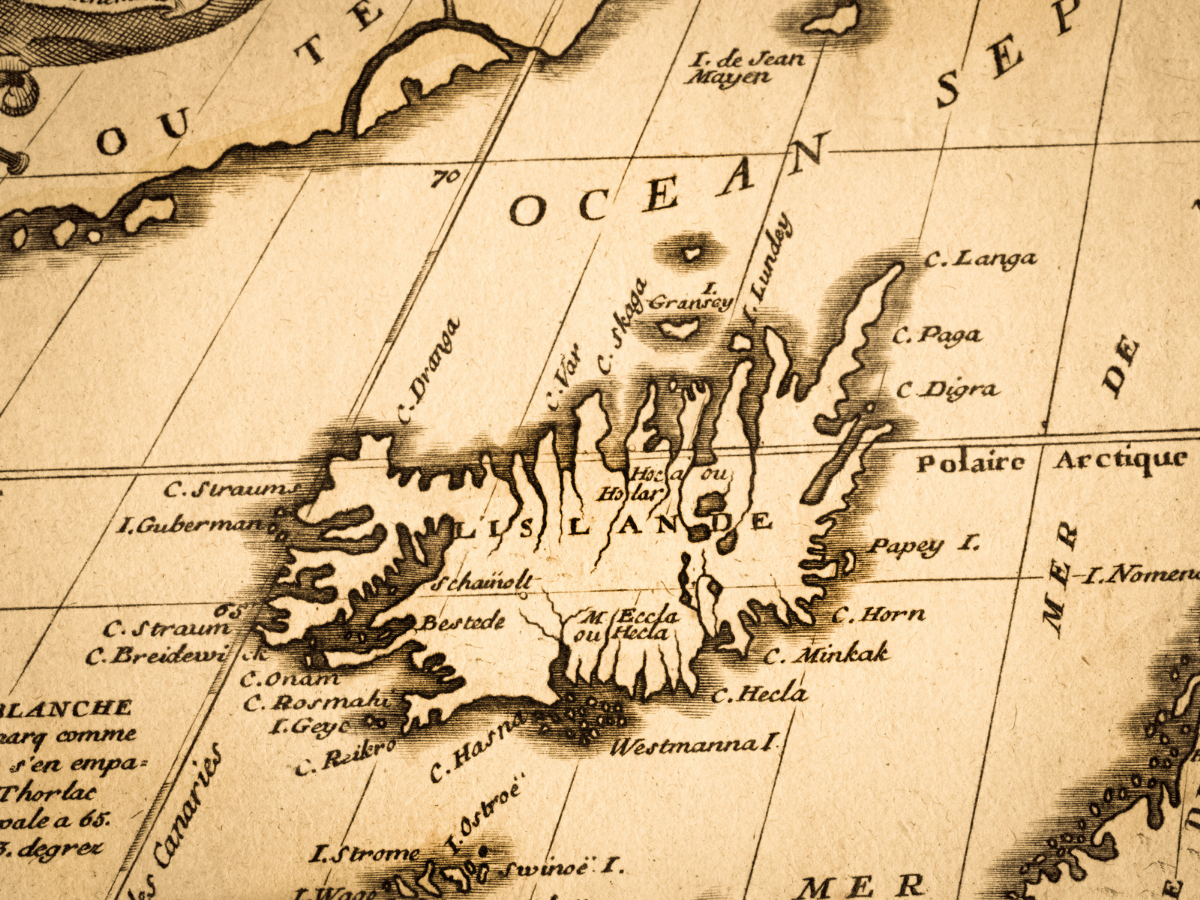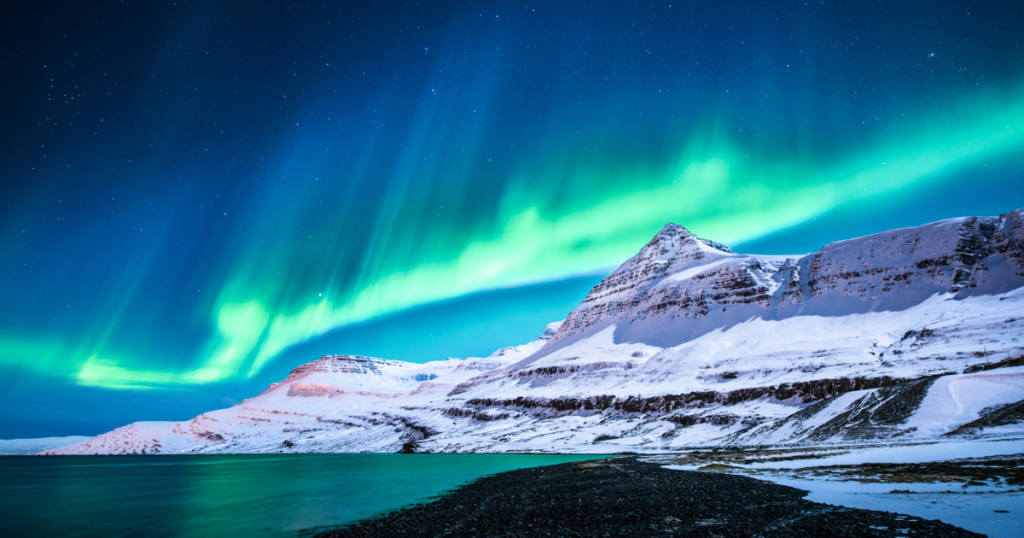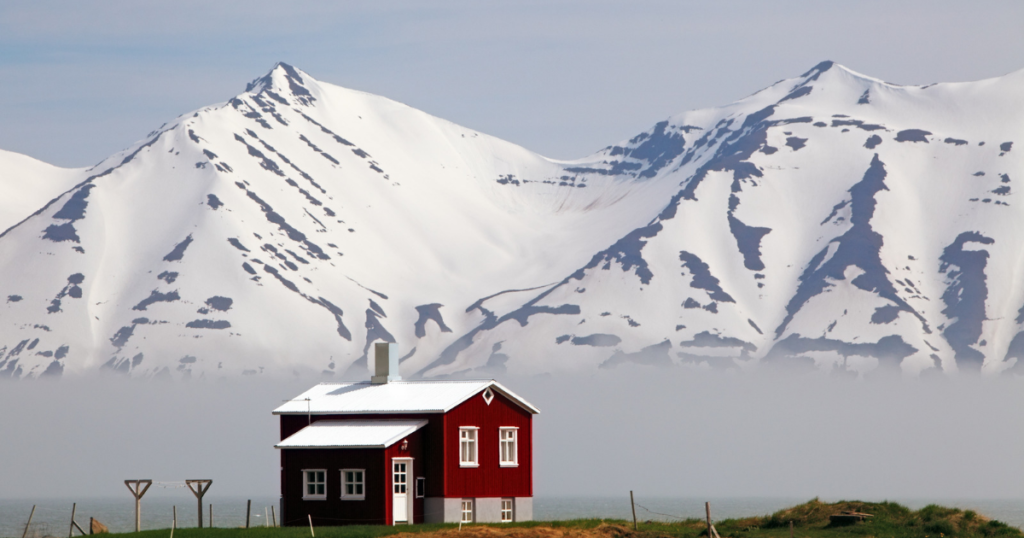
History Of Tourism In Iceland
Let’s face it, Icelandic tourism is booming. In the last five years, more visitors have been drawn to the land of fire and ice than ever before. In fact, in 2017, over 2 million people visited Iceland- was more than six times the total population, It’s safe to say, then, that many people are curious about the history of Icelandic tourism.
Iceland has been a popular tourist destination for the last 40 years. But it hasn’t always been the case. In fact, tourism in Iceland is a much newer phenomenon than you might think. With that in mind, let’s journey back and take a look at the history of Icelandic tourism.
In fact, tourism in Iceland goes back to the late 19th century, when the first tourists began to visit this spectacular island. The history of tourism in Iceland can be divided into four general time periods: 1871-1939, 1939-1974, 1974-1989, and 1989-present day. Before going into detail about each period, we need to look at the history of tourism in general.
The History of Tourism

It has become an important industry around the world and a major source of revenue for many countries. According to The World Tourism Organization’s 2015 report on international tourist arrivals, there were 1.2 billion departures on international trips during 2014 alone. That was an increase of 4% over 2013 figures!
Tourism has had a significant impact on Iceland. In fact, Iceland currently attracts over two million tourists each year! This figure continues to rise year after year. These tourists are responsible for roughly 20% of Iceland’s total gross domestic product (GDP). The History of Icelandic Tourism.
The history of tourism in Iceland began in the 19th century when Iceland was still part of Denmark. A group of Danish and British businessmen founded The Icelandic Tourist Association (now called IceGuide) in June 1893 with the purpose of stimulating interest in Icelandic travel and promoting Icelandic tourism.
The founders were inspired by developments in the Faroe Islands, where tourism had taken off. One of the founding fathers was Sigurður Ísleifsson, a man who later became Iceland’s first Ambassador.
The first tourist office was opened in Reykjavík on 16 September 1893 and was run by Einar Þorgilsson, following his appointment as Head Guide by IceGuide.
Icelandic Tourist Bureau in London
In December 1893, a branch of IceGuide was established in London to promote interest in traveling to Iceland. The London Office was headed by Björn Guðbrandsson, and its first task was to publish an information brochure about Iceland. In 1895, around 500 tourists visited Iceland, most of the Danish or British. The first international tourists that traveled to Iceland were Dutch and American.
Iceland is a country that attracts hundreds of thousands of visitors every year. The Icelandic tourism industry has had a long history and strong growth over the past decade. Iceland is an international destination for travelers from many countries, with the main attraction being the unspoiled nature, geothermal areas, and glaciers, as well as cultural attractions such as the Iceland Sagas.

History of tourism in Iceland
Iceland was first settled by Nordic and Celtic people in the 9th century AD but remained uninhabited for centuries until settlers from Norway established permanent settlements in the 9th century.
Settlement began in southwestern Iceland. Expeditions to Greenland and Vinland (probably Newfoundland) were launched from this base, but the colonies were abandoned after a few years.
The first Norse settlement in Iceland was established at Reykjavík in 870. More settlers arrived from Norway in the following decades and eventually intermarried with the indigenous Gaelic population. Christianity was adopted around 999–1000, although Norse paganism persisted among some segments of the population until 1262 (see heathenry).
The Kingdom of Norway entered into a personal union with Denmark in 1380, and from 1381 until 1814, it was under Danish rule and formed a part of the state of Denmark.
Became must see location
In order to understand how tourism in Iceland began, we have to travel back in time to 1874 when two Danish boys, Hans and Jón Pálsson, were taken by their father on a trip to North America.
Since they were the first Icelandic teenagers who had ever traveled this far away from home, they decided to keep a journal about their adventures. The American West was just opening up for settlers and tourists alike, and these young travelers got the chance of a lifetime. They saw a vast country that was wild, rugged, and natural.
In December 1891 Jón Pálsson returned from his trip with a gift for his father: A Life-Sized Buffalo Skull. His father was so taken with it that he decided to take it on tour across Iceland so that everyone could see it. In 1892 this buffalo skull was displayed at the Alþingi (parliament) in Reykjavík, where it caused quite a stir. It was then decided that more Icelandic people should be able to see this exotic creature.”
Iceland, the land of fire and ice, has long been a popular tourist destination, but only recently has it become a must-see location. Flights to Iceland are now more frequented than ever before, and its airports have become one of the best destinations for flights around Europe.
In recent years, tourism in Iceland has boomed due to various reasons. Some of these reasons include the arrival of low-cost air travel companies such as WOW Air and a general increase in the ease with which people can book a trip to Iceland without having to worry about complicated currency exchanges or conversion rates.
Nowadays
Iceland is one of the most popular tourist destinations in western Europe, with over 2 million tourists traveling there annually. This means that more people are visiting Iceland each year than ever before to enjoy its remarkable landscapes, wildlife, gastronomy, and culture.
The first civilizations to inhabit Iceland was the Irish monks who arrived from Ireland in 850 AD. As they traveled, they left behind Irish books and manuscripts, which led to the first library that was built in Iceland. The Christian religion became a popular belief among many Icelanders, but during pagan times worshipers would pray to spirits that resided in their surroundings, such as waterfalls or volcanoes.
Iceland’s current population is approximately 345,000 people. This was a large increase from just over 100 years ago when there were only about 50,000 inhabitants.
The country is also known for being extremely green, with over 70% of it covered by forests and nature reserves. These figures suggest that Icelandic tourism is growing at an unparalleled rate and will do so for many years to come.

